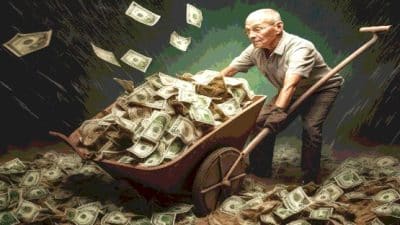
That’s good news for consumers, the local economy and the health of the Chesapeake Bay. But it’s not all wild oysters anymore.
“In Virginia I think (there are) some 200 licensed growers today,” said Mike Hutt, executive director of the Virginia Marine Products Board. “Not all of them are active. But there are people in it that are growing millions and millions of oysters a year. That’s a win-win for our labor force, for the shuckers, for the packers, for the half-shell business and for the environment. Oysters being filter feeders, they help clean and filter the bay, and our waters are getting cleaner.”
Oyster season is open until May in the Old Dominion, and Virginia’s oyster harvest is a combination of oysters caught in the wild on public and private oyster grounds, and those grown in cages and bags by aquaculture producers. According to A.J. Erskine, aquaculture manager of Cowart’s Seafood, it’s about a 50-50 mix, and both sources are equally important.
“The wild harvest is extremely important,” Erskine said. “However, the complementary program is aquaculture, and the development of hatcheries out in the bay and its tributaries provides a multi-pronged approach to recovery for a healthier oyster industry.”
During the 2012-2013 season, almost 409,000 bushels of oysters were harvested, and in the 2013-2014 season that number increased to more than 504,000 bushels. That’s the largest harvest since 1987, Hutt said.
Many oyster producers are former watermen who’ve gotten into the business to reduce disease and predator losses, he said. “This is a way to protect that crop and know that they have something for the future to harvest. And they grow fast. In a year, year and a half, two years they have an oyster that’s ready for the marketplace, whereas a natural wild strike oyster generally takes three years” to be ready for harvest.
Oysters are so important to the health of the bay and its tributaries that the Virginia Marine Resources Commission encourages waterfront property owners to raise them, even if not for sale. Information on how to start an oyster garden or raise oysters for profit is available on the VMR website at mrc.virginia.gov/Shellfish_










